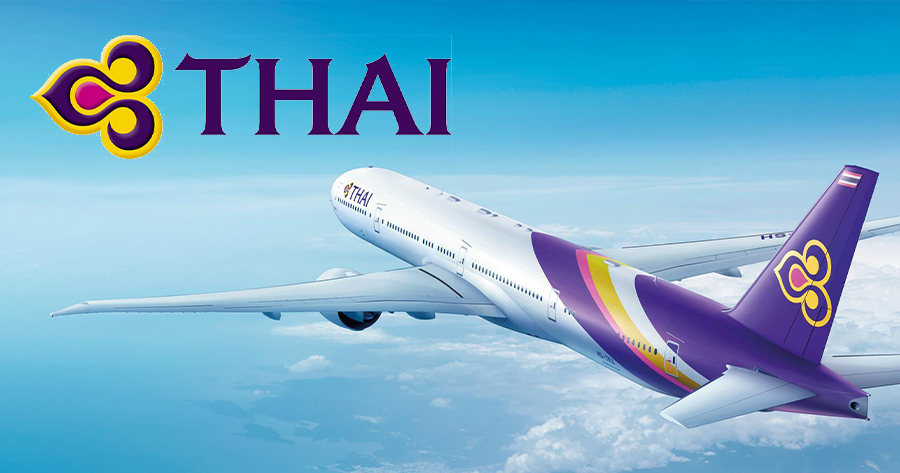Kiatnakin Phatra Securities has initiated coverage on Thai Airways International (SET: THAI) with a Neutral rating and a price objective of THB 15.00 per share, compared to the current market price of THB 13.10. The recommendation reflects Thai Airways’ remarkable transformation after its restructuring, but also notes persistent challenges in a competitive aviation market.
Efficiency-Driven Restructuring Pays Off
Following a comprehensive restructuring, THAI optimized its workforce in line with a resized fleet, reduced aircraft types, and retired inefficient planes. This streamlined operation has already made THAI one of the industry’s most profitable carriers, achieving an operating profit margin of 22% in the first half of 2025, more than double the 10% peer average. Revenue strategies have also evolved, with THAI shifting from a point-to-point focus to expanding network routes—raising its network share to 21% in 1H25 from just 6% in 2023.
Ambitious Plans for Suvarnabhumi Hub
Kiatnakin Phatra highlights rising competition and industry cost pressures as key market concerns. However, Thai Airways’ upcoming fleet expansion—specifically the delivery of 17 A321neo aircraft in 2026—is expected to bolster Suvarnabhumi Airport’s role as a regional aviation hub. With only 6% of THAI’s traffic currently made up by transfer passengers, versus 22-44% at hubs like Hong Kong and Singapore, the company sees significant room to grow market share and cabin load factors, currently trailing behind competitors like Singapore Airlines and Cathay Pacific.
Outlook and Key Risks
Core profit for THAI is forecast to surge 36% in 2025 before declining by 3% in 2026 as higher tax rates kick in, then rising again by 7% in 2027 to reach THB 31.6 billion. The target price combines a 2026E target P/E of 14.5x and an EV/EBITDA of 7.0x. Despite “solid fundamentals” and an “impressive network expansion strategy,” Kiatnakin Phatra notes the stock has already seen substantial gains post-resumption of trading and warns of possible selling pressure as creditor lock-up periods begin expiring in early 2026.
Upside risks include higher ticket fares, greater success in network expansion, and a strong Chinese tourism recovery. Potential downside risks comprise higher-than-expected expenses and macro-driven slumps in tourism sentiment.




